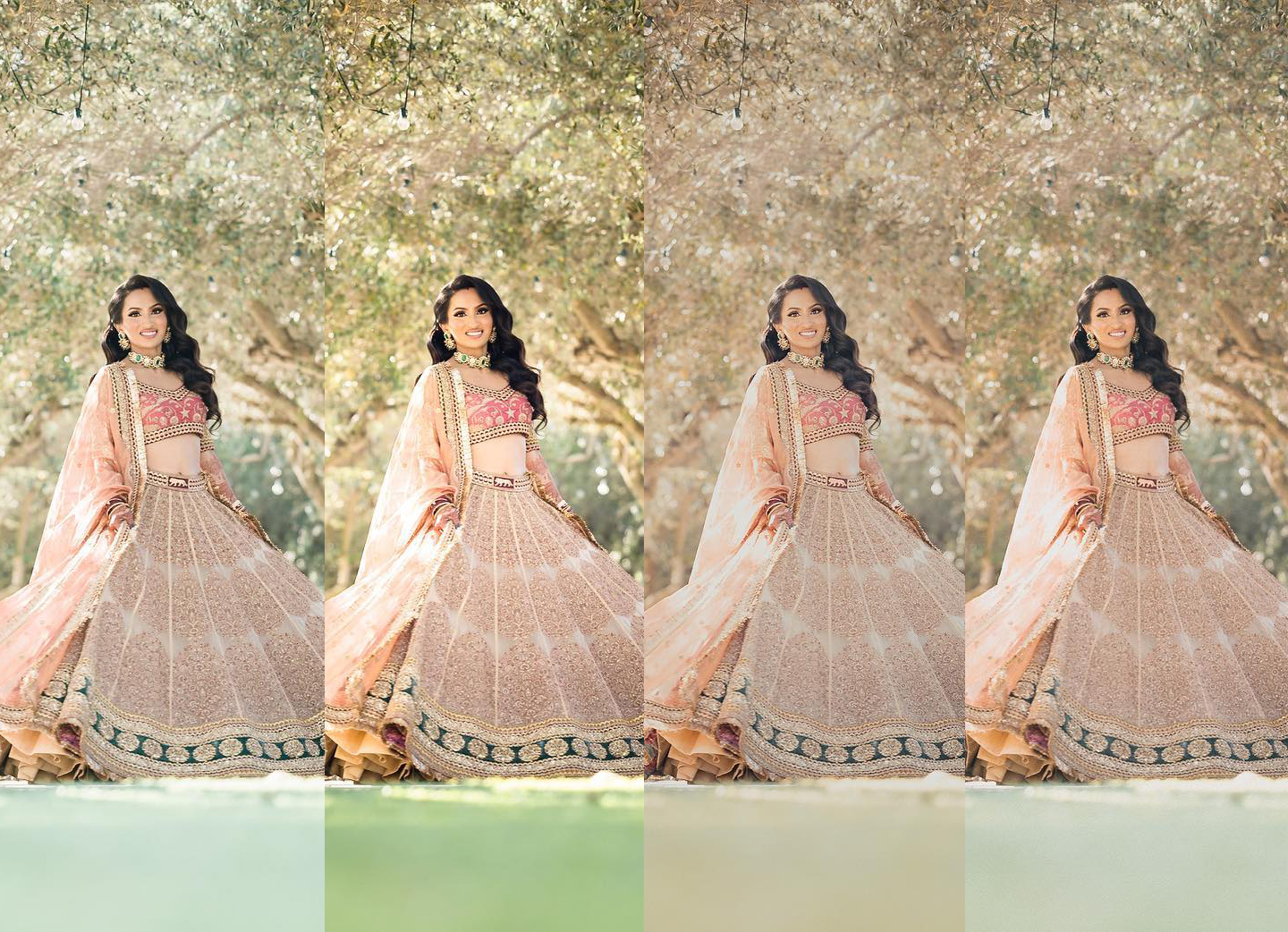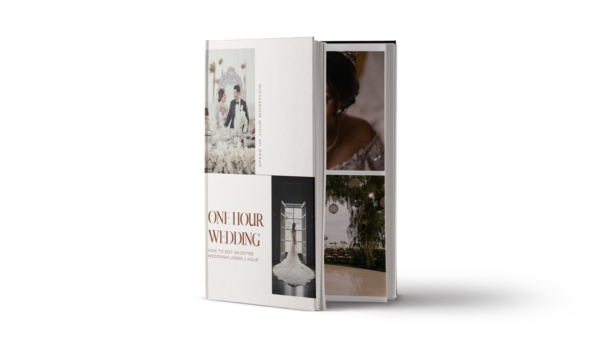Photo Editing Styles | A Guide to Discovering Yours
As a wedding and portrait photographer, presenting a distinct editing style can help you stand out from the crowd and showcase a unique vision. A consistent editing style can also make your work more recognizable and help you attract clients who appreciate your specific aesthetic. However, finding your editing style can be a confusing process, filled with experimentation and directional shifts. In this article, we will explore some popular editing styles to help you discover and refine your own personal style. In this article, we’ll cover the following topics:
- Do you need a single style
- Common Photo Editing Styles
- How to Choose Your Editing Style
Do you need a single style?
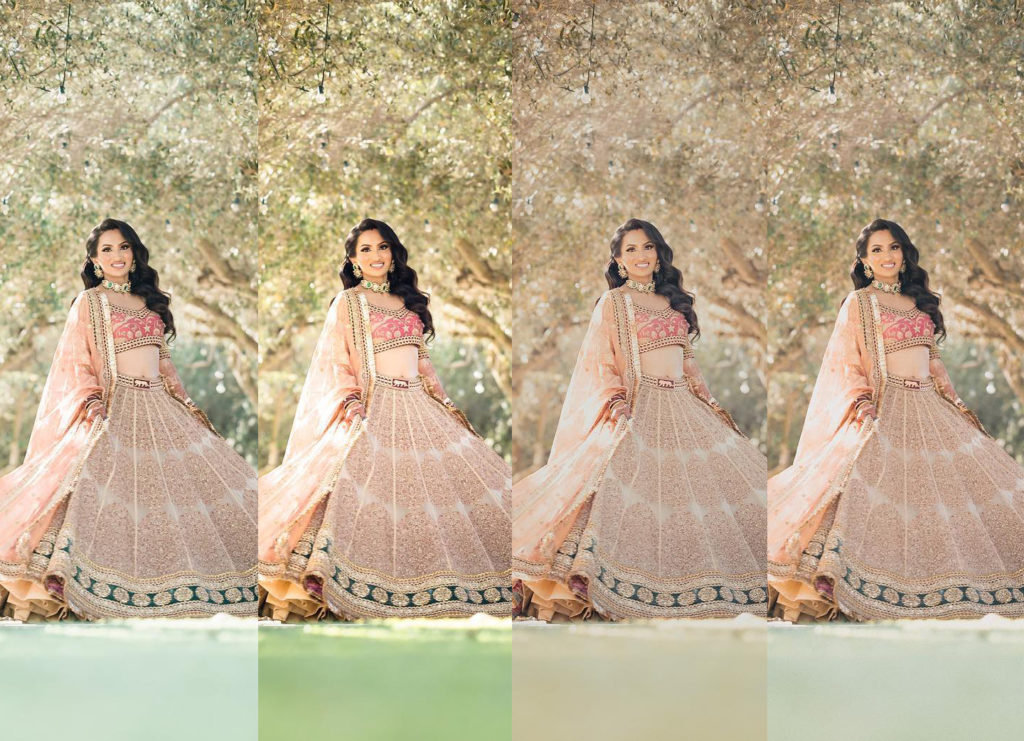
Many photographers believe strongly in presenting a single, consistent, and unified style for the reasons listed in the introduction. On the other end of the spectrum, some photographers bounce around from style to style, using different editing styles for different shoots. We don’t believe that there is a single, correct way, and the right approach for you will depend on your personal preferences, what works for you, and what your clients expect from you.
In our experience, a consistent, signature style is helpful in establishing a brand and attracting clients looking for that distinct style. However, allowing yourself to diverge from that style lets you explore your creativity and expand your skill set. It also gives you a chance to match the photo editing style to your particular vision for a shoot and cater to different client preferences as those requests come up.
Common Photo Editing Styles
To help you find your photo editing style(s), let’s explore the common wedding and portrait photo editing styles.
Vibrant Photo Editing Style
This editing style is characterized by warm, vibrant, yet natural colors. This editing style takes full advantage of the camera’s full dynamic range and image quality, showcasing the beautiful colors in photos that include firey sunsets, tropical blue waters, or colorful wedding florals.
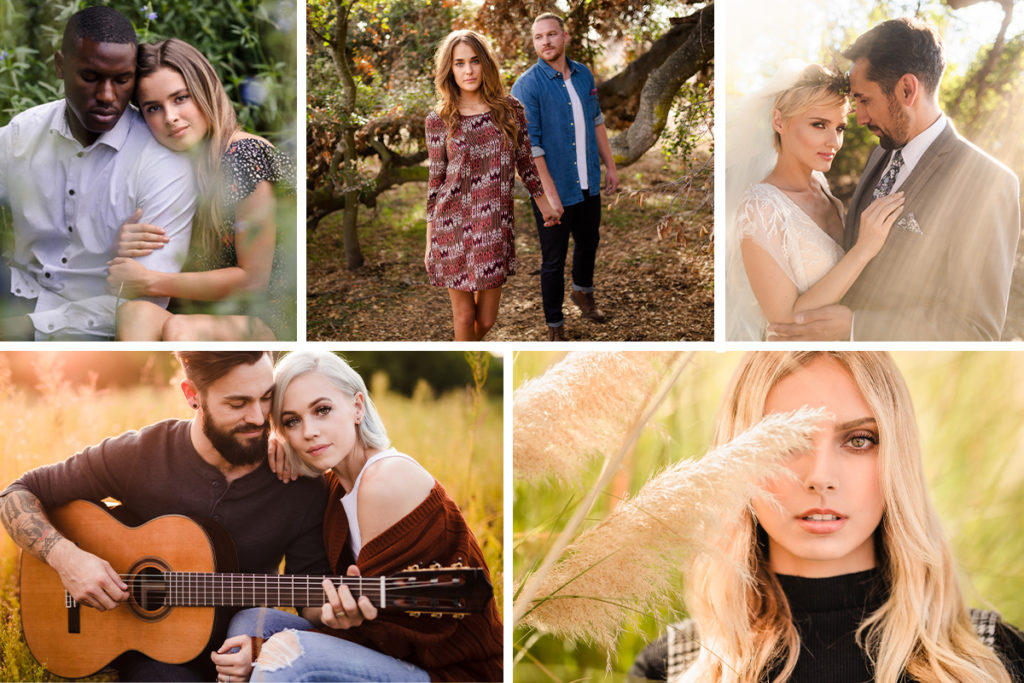
This editing style is encompassed in our Modern Lightroom Presets and pairs well with our Crush Lightroom Presets, which looks similar to the Modern Pack but with more vibrance, contrast and punch.
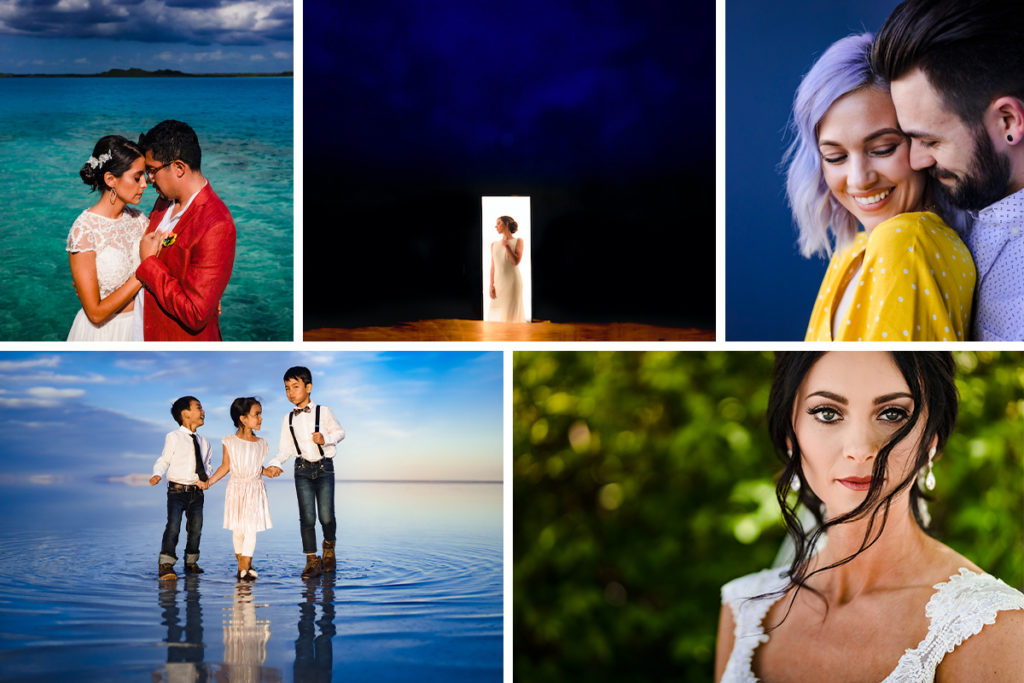
Light and Airy Photo Editing Style
The light and airy style is characterized by soft, pastel colors, and a dreamy, ethereal feel. Sometimes described as filmic or fine art, this popular style of wedding and portrait photography has a romantic, whimsical vibe, and is often photographed in natural light.
This editing style is encompassed in our Pastel Lightroom Presets.
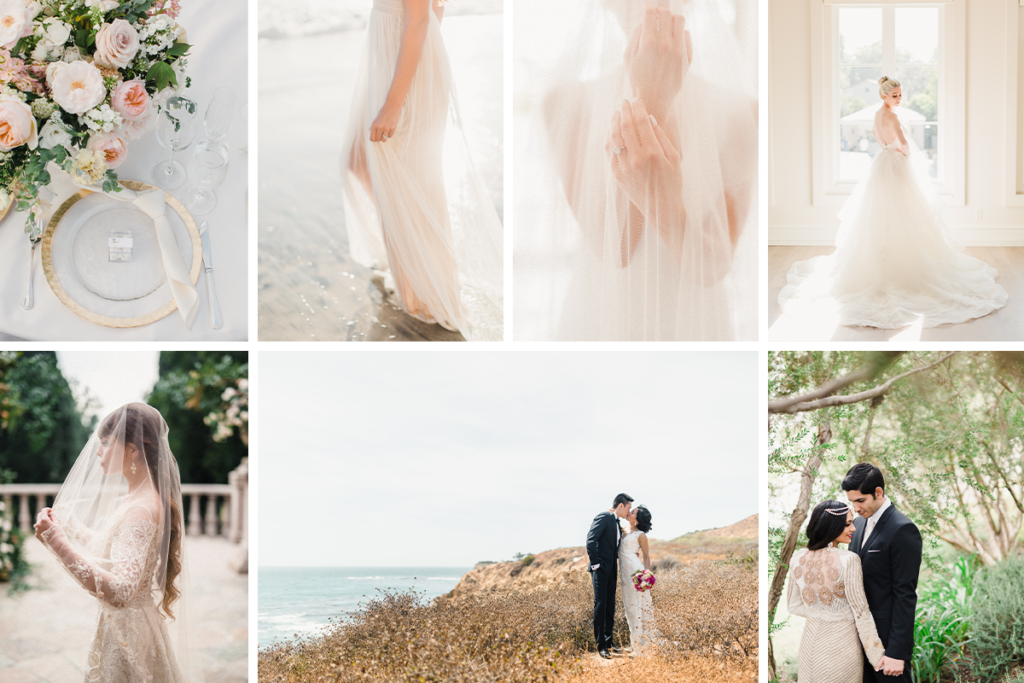
Dark and Moody Photo Editing Style
This editing style is characterized by deep, rich colors, and a dramatic, moody feel. Sometimes described as boho or earthy, this popular style isn’t afraid of leaning into the shadows and hanging out in the left side of a histogram.
This editing style is encompassed in our Mood Preset Pack.

Natural Photo Editing Style
This editing style is characterized by subtle adjustments with a focus on the image’s inherent beauty. This wedding and portrait photography editing style leaves images with an authentic, true-to-life feel. The style works well on editorial portraits where the editing is meant to be kept simple so that the pose and expression of the subject speak the loudest to a viewer.
This editing style is encompassed in our Pure Preset Pack and pairs well with our Pastel Pack and our Mood Packs.

Black and White Photo Editing Style
This editing style is characterized by the absence of color and relies on contrast and tonal range to create a powerful image. This popular style of wedding and portrait photography can help images feel timeless and classic. It can also help eliminate distracting colors and minimize the impact of unpleasant objects in a scene.
This editing style is encompassed in our Black and White Mixer, which gives users a range of black and white tools.

How to Choose an Editing Style
While there are no set rules, here are a few guidelines when choosing your photo editing style.
Guideline: Natural Light Photography works well with the Light and Airy (Pastel Pack) and Dark and Moody (Mood Pack) editing styles.

Guideline: Light and Airy works well in clean, bright, high key scenes.

Guideline: Flash Photography works well with more vibrant editing styles such as our Modern and Crush Packs.
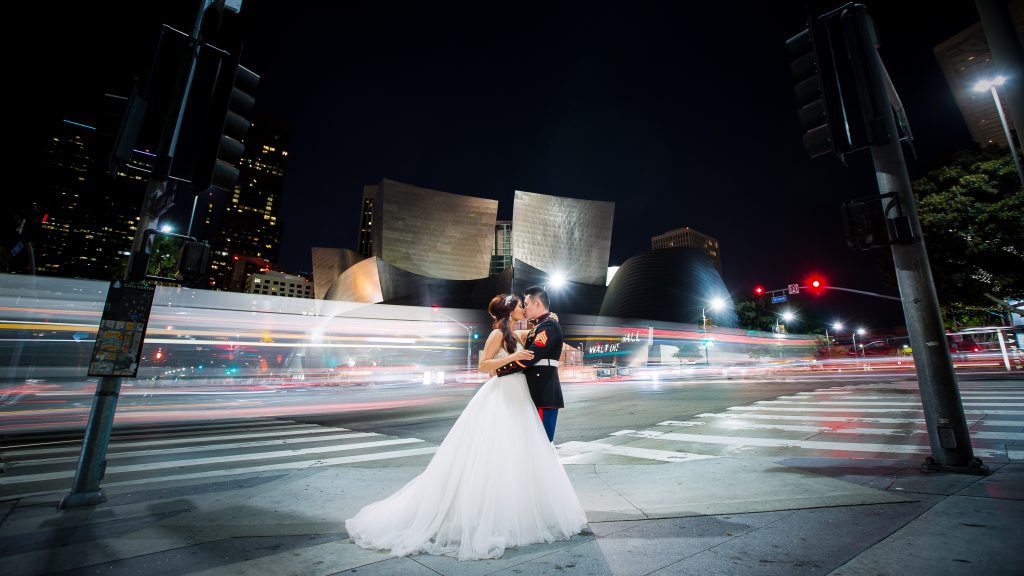
Guideline: Light and Airy (Pastel) and Dark and Moody (Mood Pack) work well in natural, organic scenes, such as woods, parks, and deserts.

Guideline: Warm and Vibrant presets, such as Modern and Crush, work well in tropical, beach scenes when you want to maximize the color in the water or in the skies.
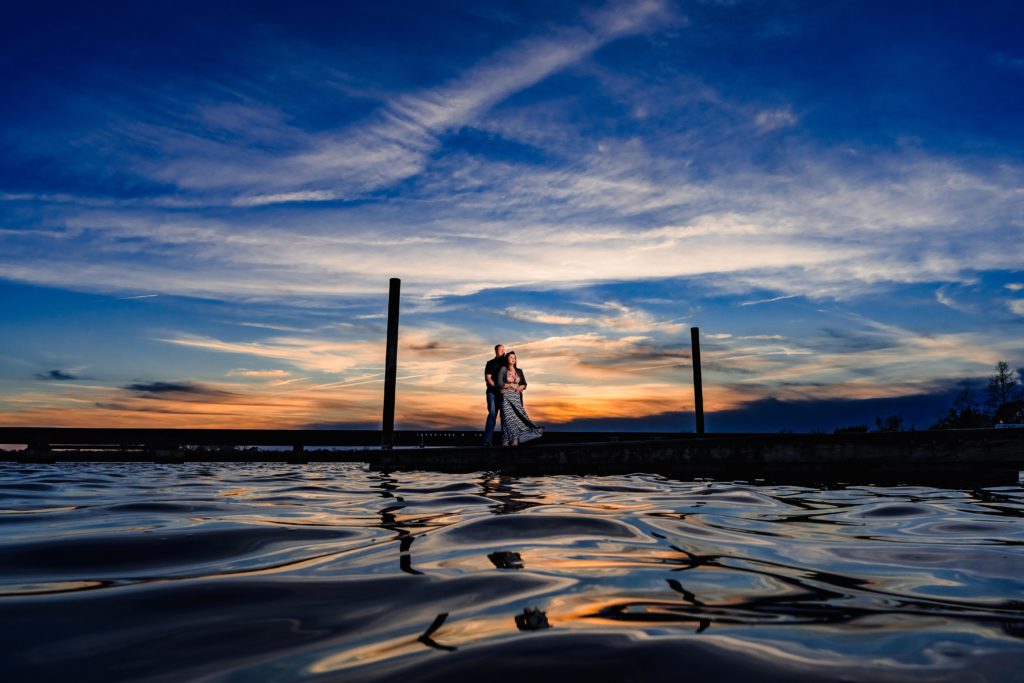
Conclusion
Finding your photo editing style can take time, experimentation, and patience. However, by exploring different editing styles and discovering what works best for you, you can develop a unique and recognizable editing style that showcases your vision and helps you stand out as a photographer. Remember, there are no hard and fast rules when it comes to editing, so don’t be afraid to experiment and make your editing style your own.
